Porsche has taken a significant leap into the electric vehicle market with the introduction of the 2025 Macan EV. Renowned for its best-selling Macan model, the German automaker has now electrified this popular crossover, presenting it in two powerful versions: the 402-horsepower Macan 4 and the 630-horsepower Macan Turbo.
The second-generation Macan is built on a platform jointly developed with Audi, known as the Premium Platform Electric (PPE). This groundbreaking platform incorporates an 800-volt electrical architecture and is set to form the foundation for upcoming Audi A6 and Q6 EVs, as well as a potential all-electric Porsche Cayenne.
Both Macan models are equipped with permanent-magnet synchronous motors located at each axle. The rear motor’s unique 180-degree rotation contributes to a slightly rear-biased weight distribution. The Macan 4 generates 402 horsepower and 479 lb-ft of torque, while the Macan Turbo boasts an impressive 630 horsepower and 833 lb-ft of torque. These figures are achieved using “overboost” available with Launch Control. The Macan 4 accelerates from 0-60 mph in just 4.9 seconds, while the Turbo model does it in a mere 3.1 seconds, reaching top speeds of 136 and 161 mph respectively.
Notably, the rear motor abandons the two-speed gearbox found in the Taycan, as Porsche achieved its top-speed and acceleration goals with a single gear reduction. This simplification not only saves weight but also enhances drivetrain efficiency.

The Macan EV shares some features with the Taycan, like managing regenerative braking primarily through the brake pedal. Depending on the battery’s state-of-charge, it can regenerate up to 240 kW of energy during braking. Official EPA range figures are still pending.
Suspension in both variants utilises multi-links at the front and rear. The front suspension’s design resembles a double-wishbone setup, with the upper wishbone divided into two links. This modification shifts the steering axis outward. Both models come standard with air springs and Porsche Active Suspension Management (PASM) adaptive dampers.
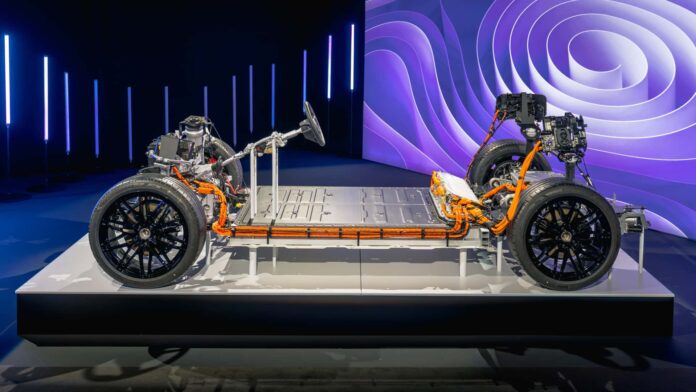
A new addition to the Macan is the optional rear-wheel steering system. This system can turn the rear wheels up to five degrees in or out of phase with the front wheels, aiding in low-speed manoeuvrability and high-speed stability.
In terms of design, Porsche maintains its evolutionary approach. The Macan retains its signature coupe-like shape, with new Taycan-inspired daytime running lights and a repositioned lower headlight design. The vehicle’s hoodline is lower due to the absence of an engine, creating additional trunk space for items like charging cables. Porsche also achieves a low drag coefficient of 0.25 with active aerodynamic features like a deployable rear spoiler.
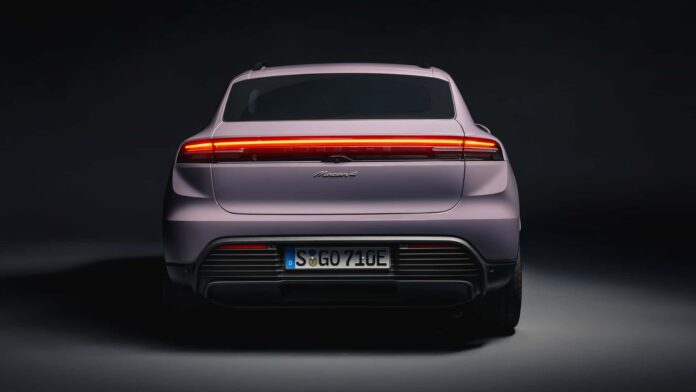
Despite a 3.4-inch longer wheelbase than its predecessor, the car’s overall length has increased by only 2.3 inches. It also boasts a wider frame, measuring 2.1 inches broader than the petrol version.
Inside, the Macan EV mirrors other Porsche models, featuring an all-digital gauge cluster with a curved display and a wide screen for the latest Porsche infotainment system. The system supports popular apps and offers an optional passenger display and augmented reality heads-up display. Porsche has improved route planning with charging stops for the in-built navigation system. Traditionalists will appreciate the retention of physical HVAC controls and a volume knob in the centre console.
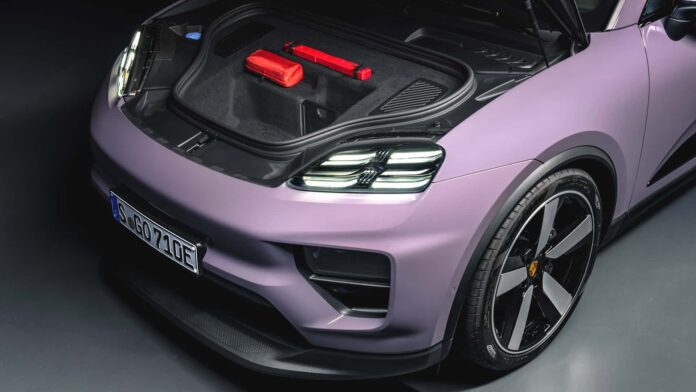
However, these advancements come at a cost. The Macan 4 starts at $80,450, and the Turbo at $106,950, marking significant price increases over their petrol counterparts. Yet, both EV models offer substantially more performance, justifying the price jump for those seeking electric Porsche motoring at a lower entry point compared to the Taycan.
While the petrol-powered, first-generation Macan will continue to be produced for the US market, it has ceased production for Europe due to new EU cybersecurity regulations. This dual production strategy eases the transition from petrol to electric, underscoring Porsche’s commitment to electrification as seen in the 2025 Porsche Macan.
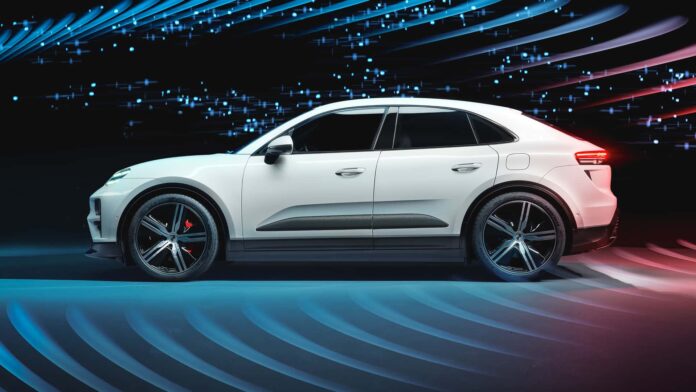


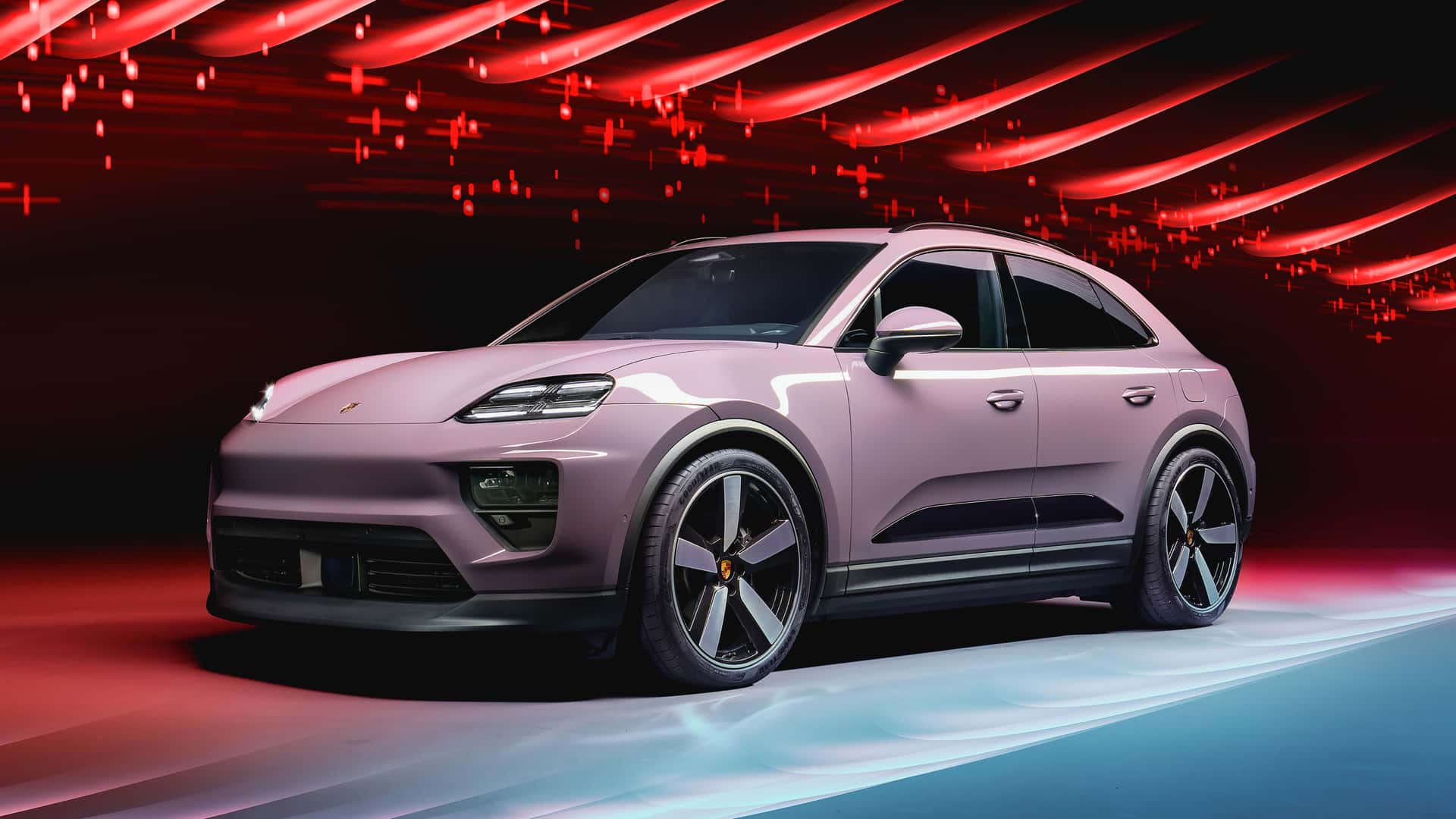
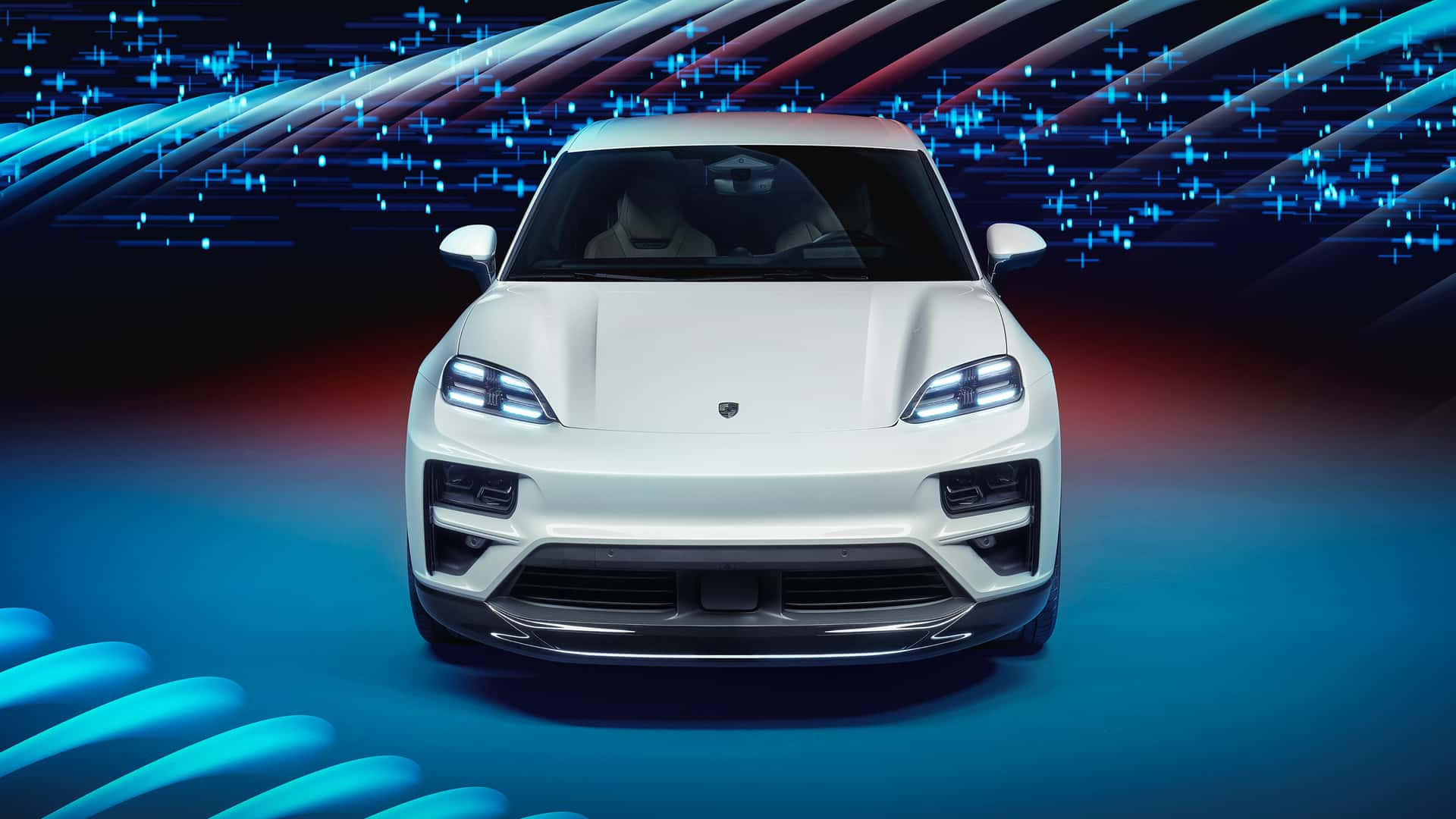

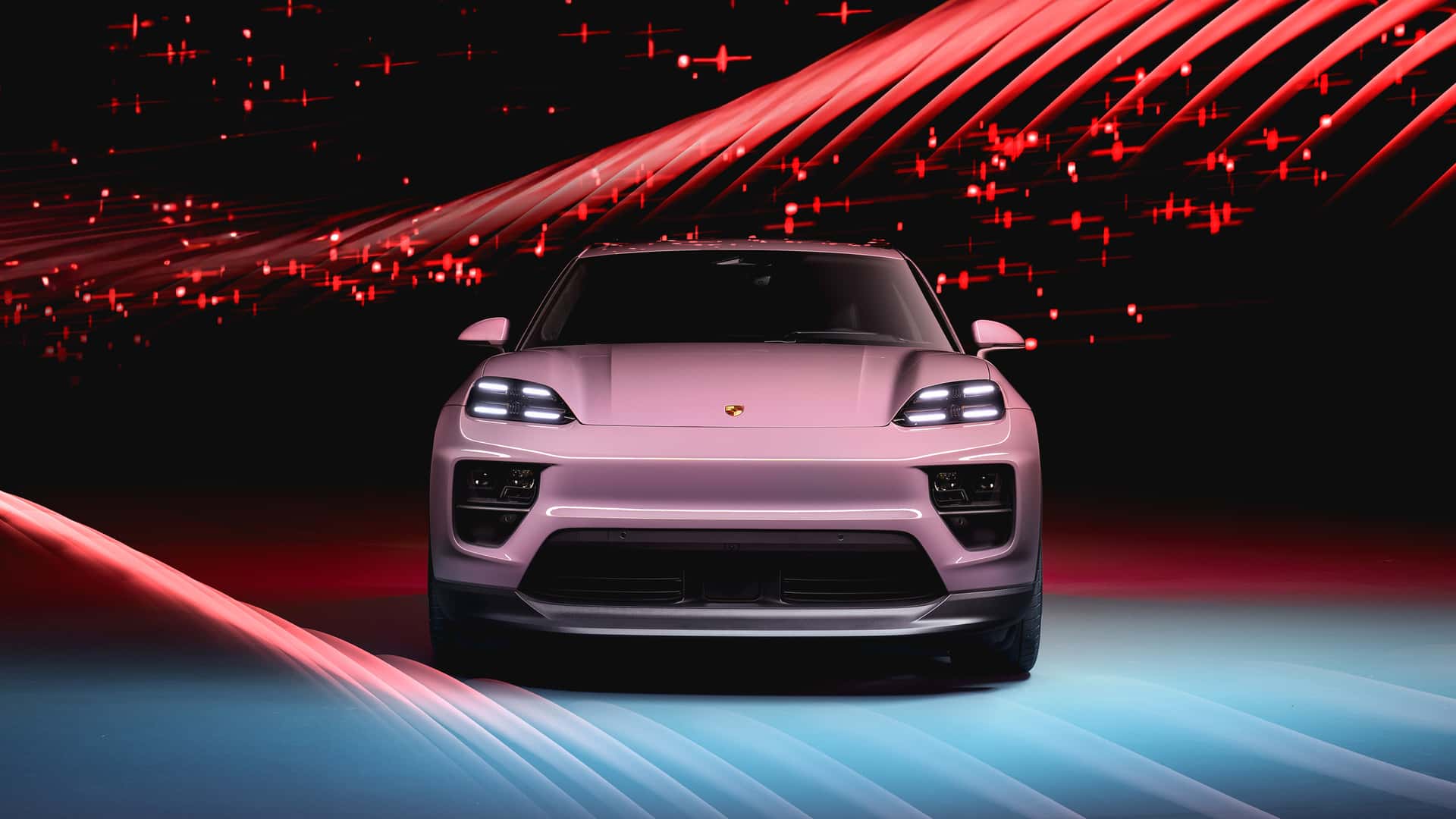
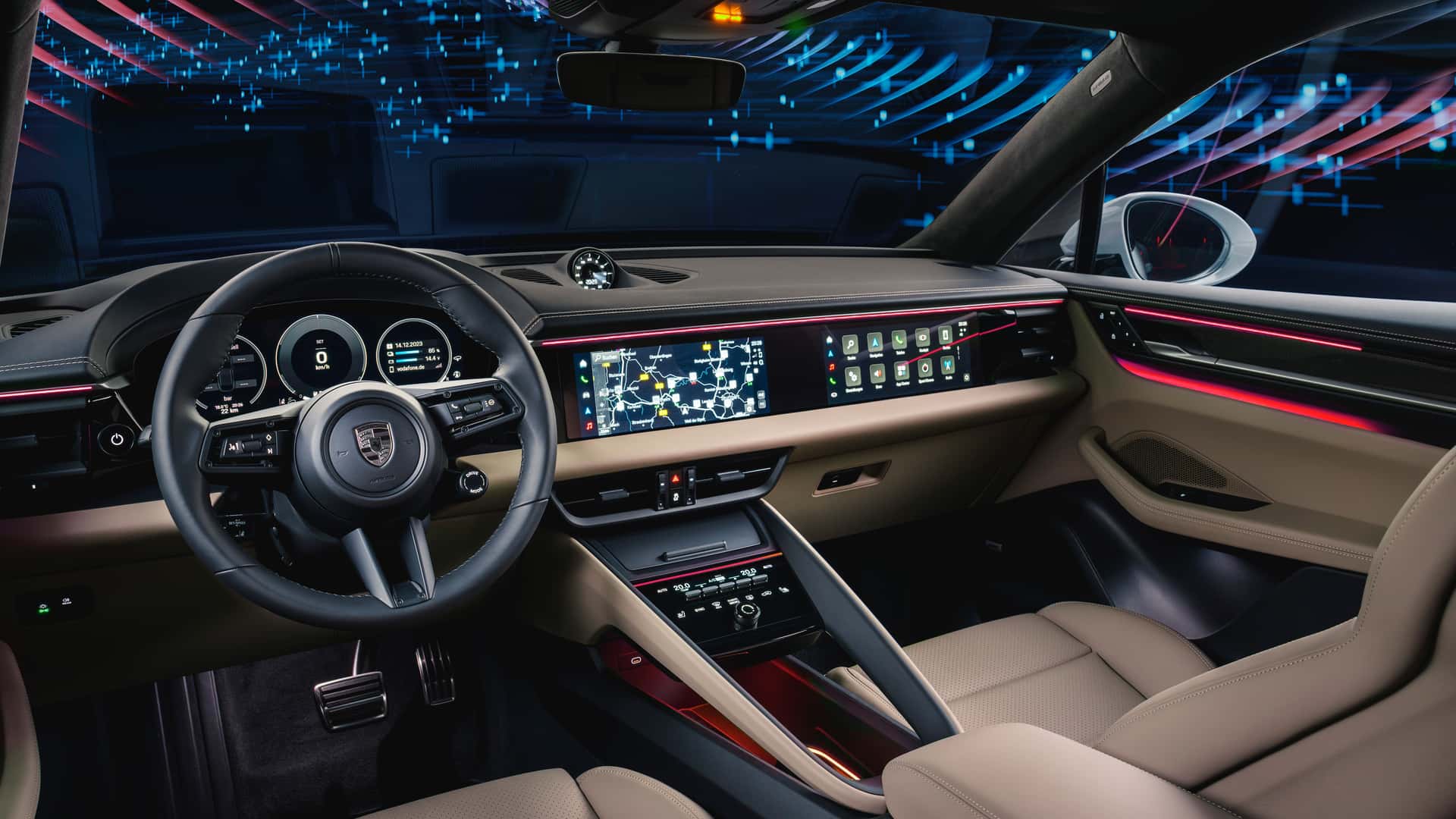
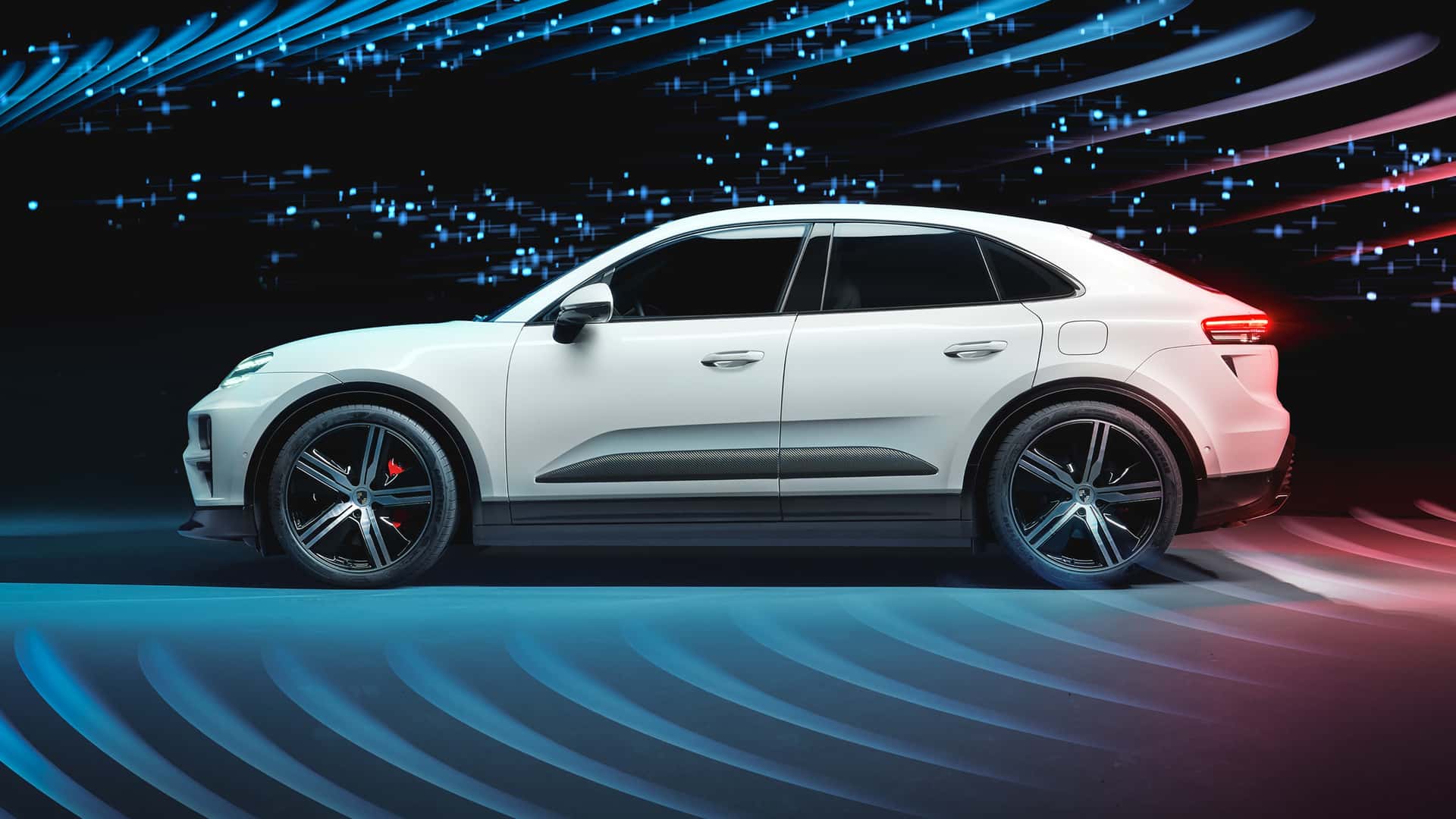
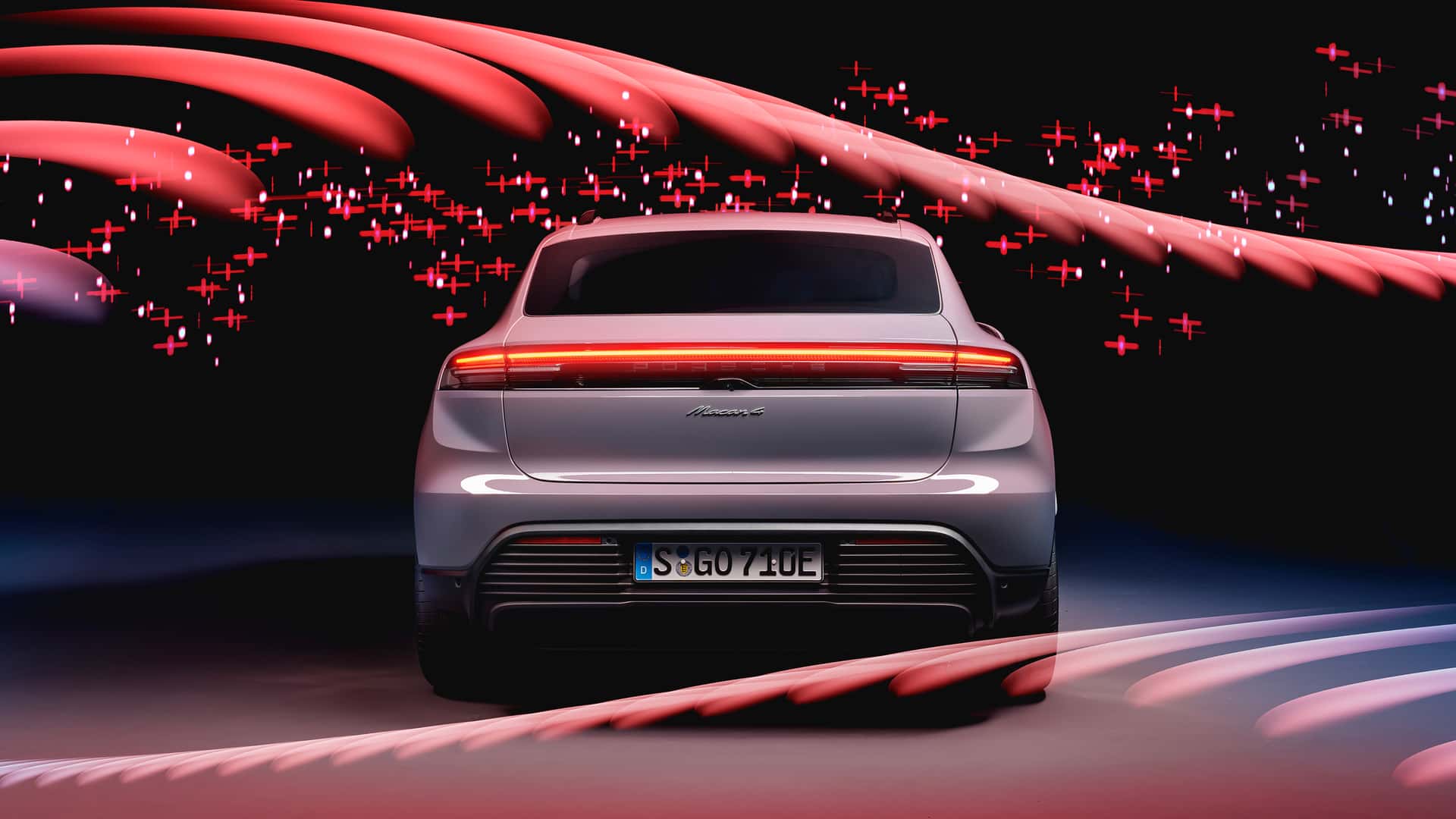
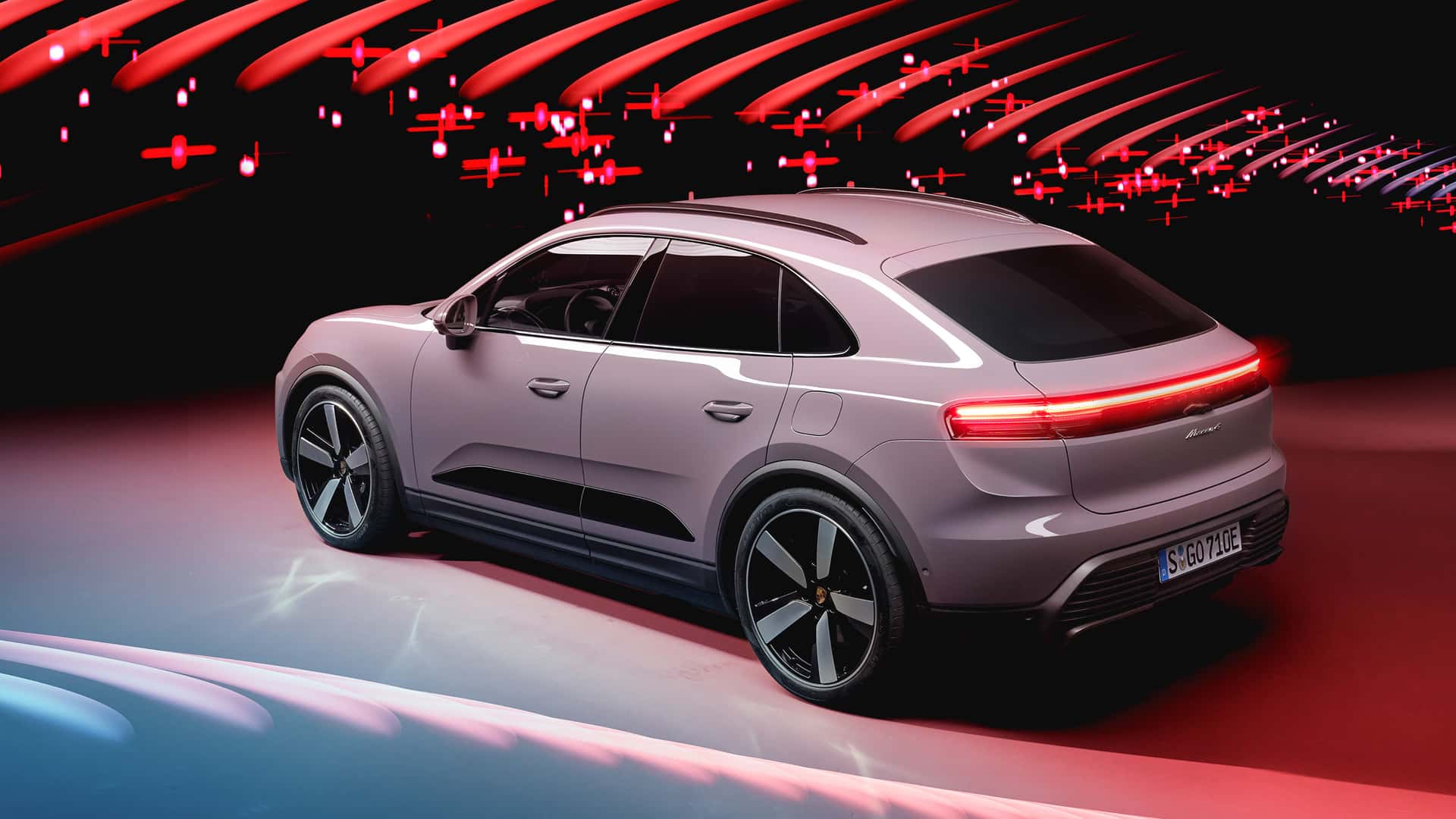
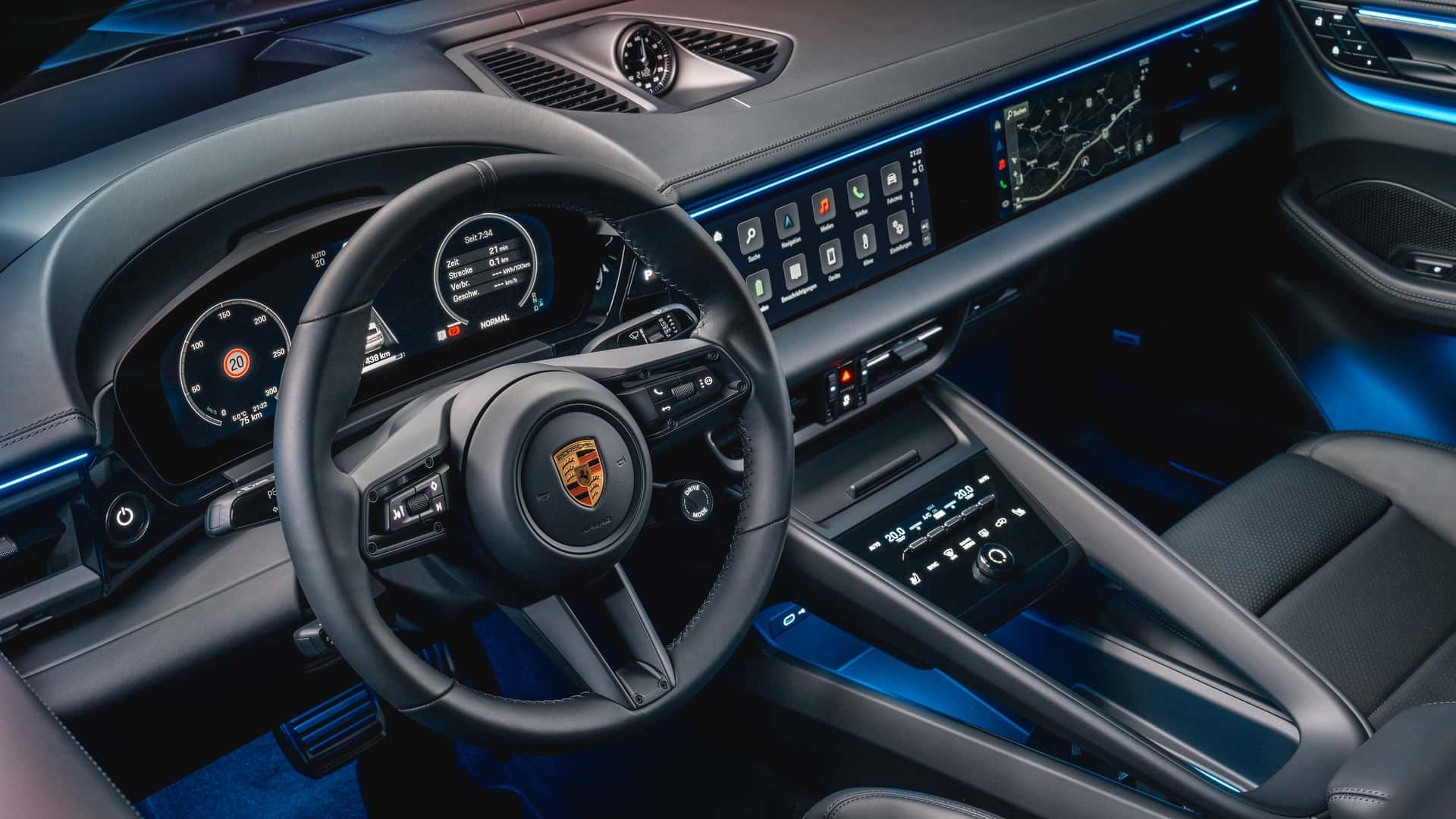
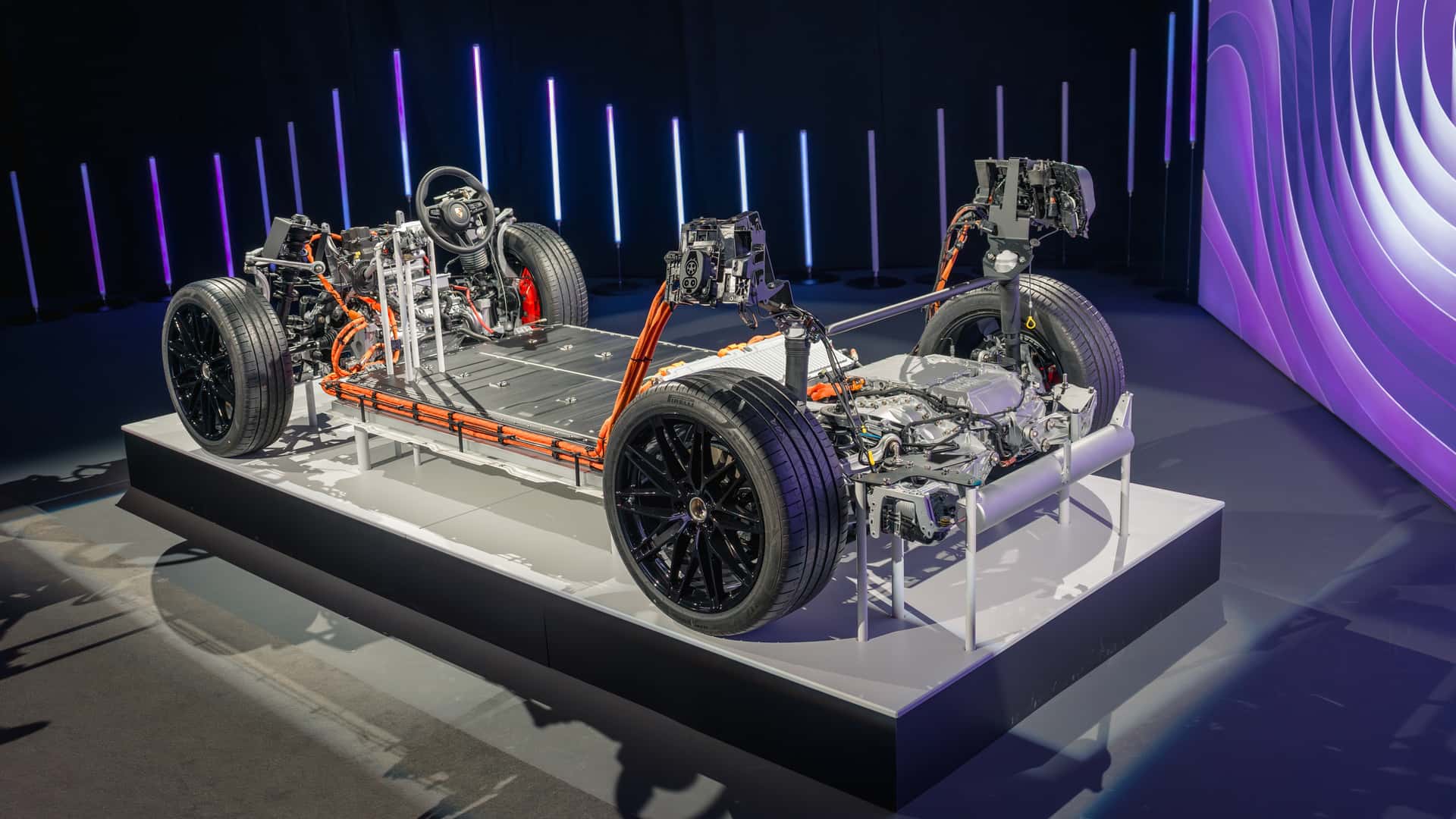

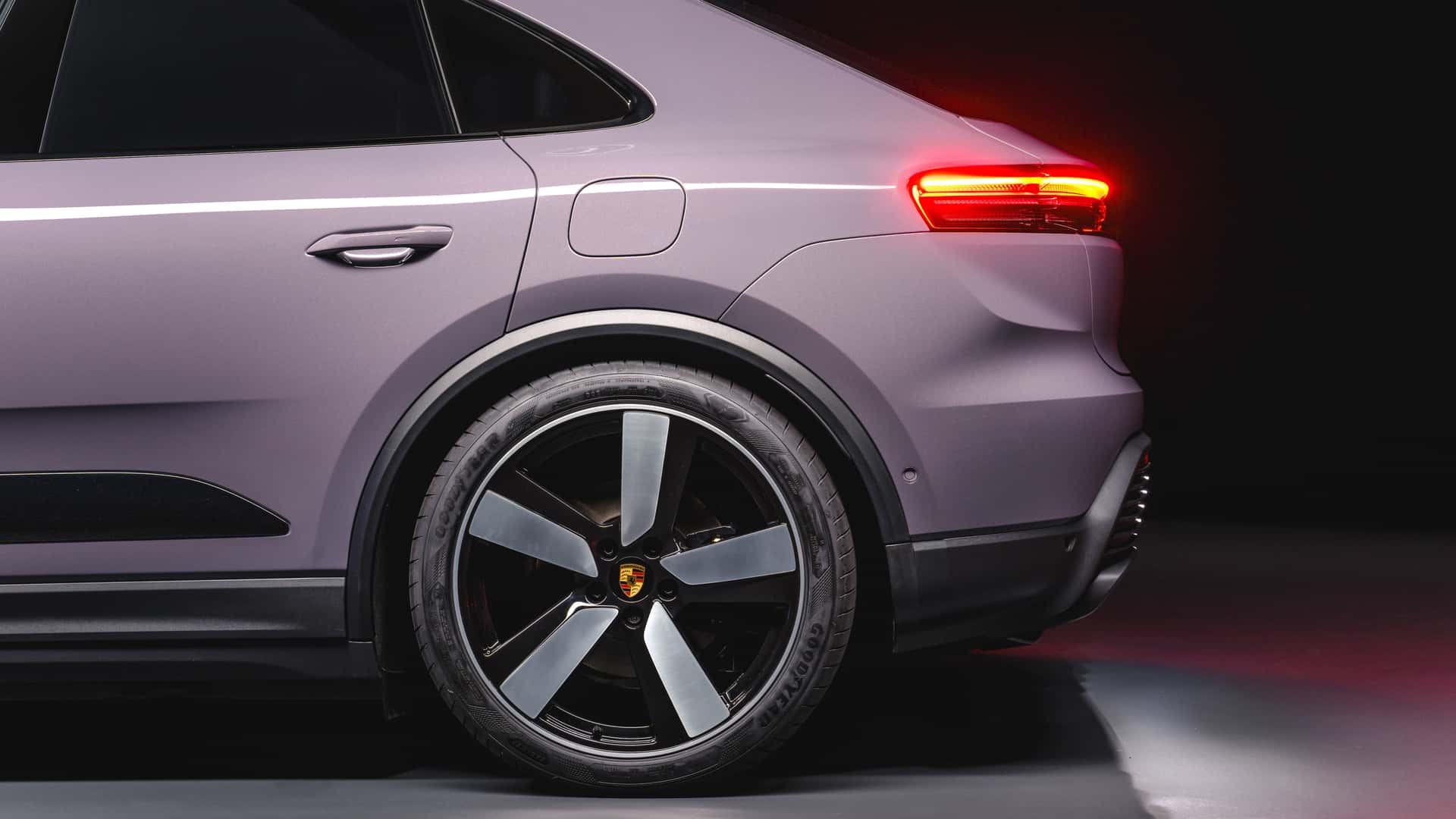
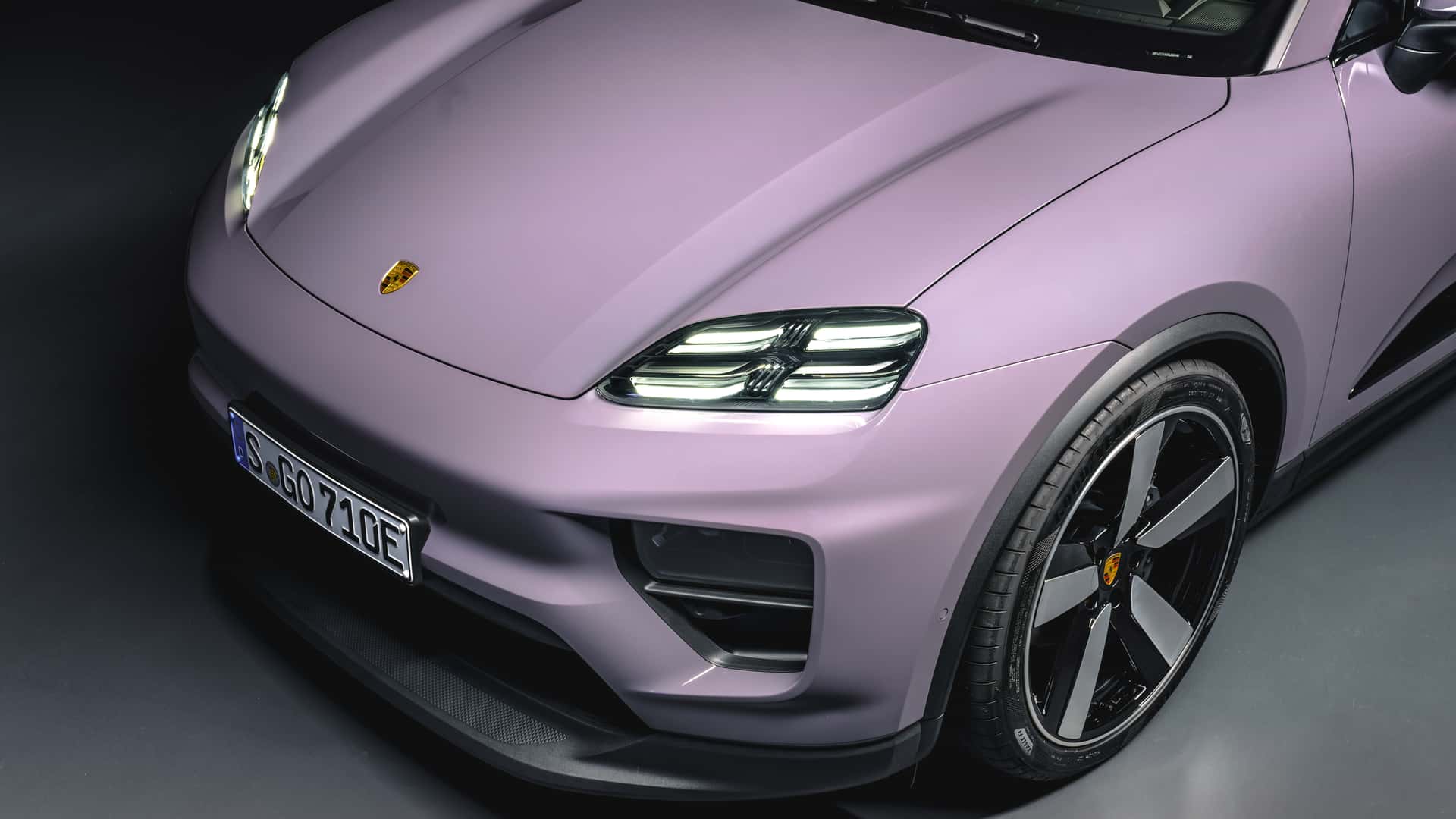
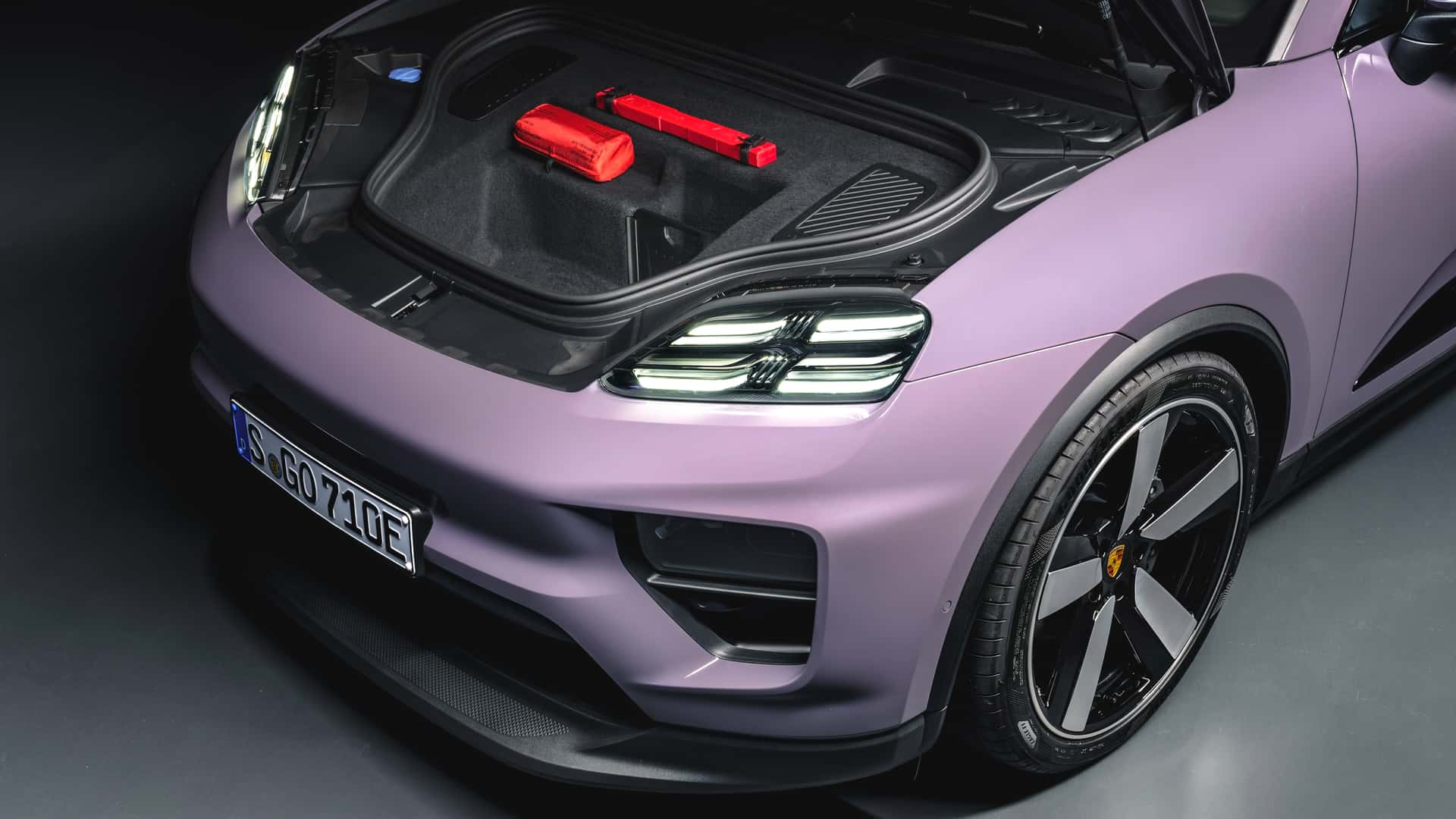
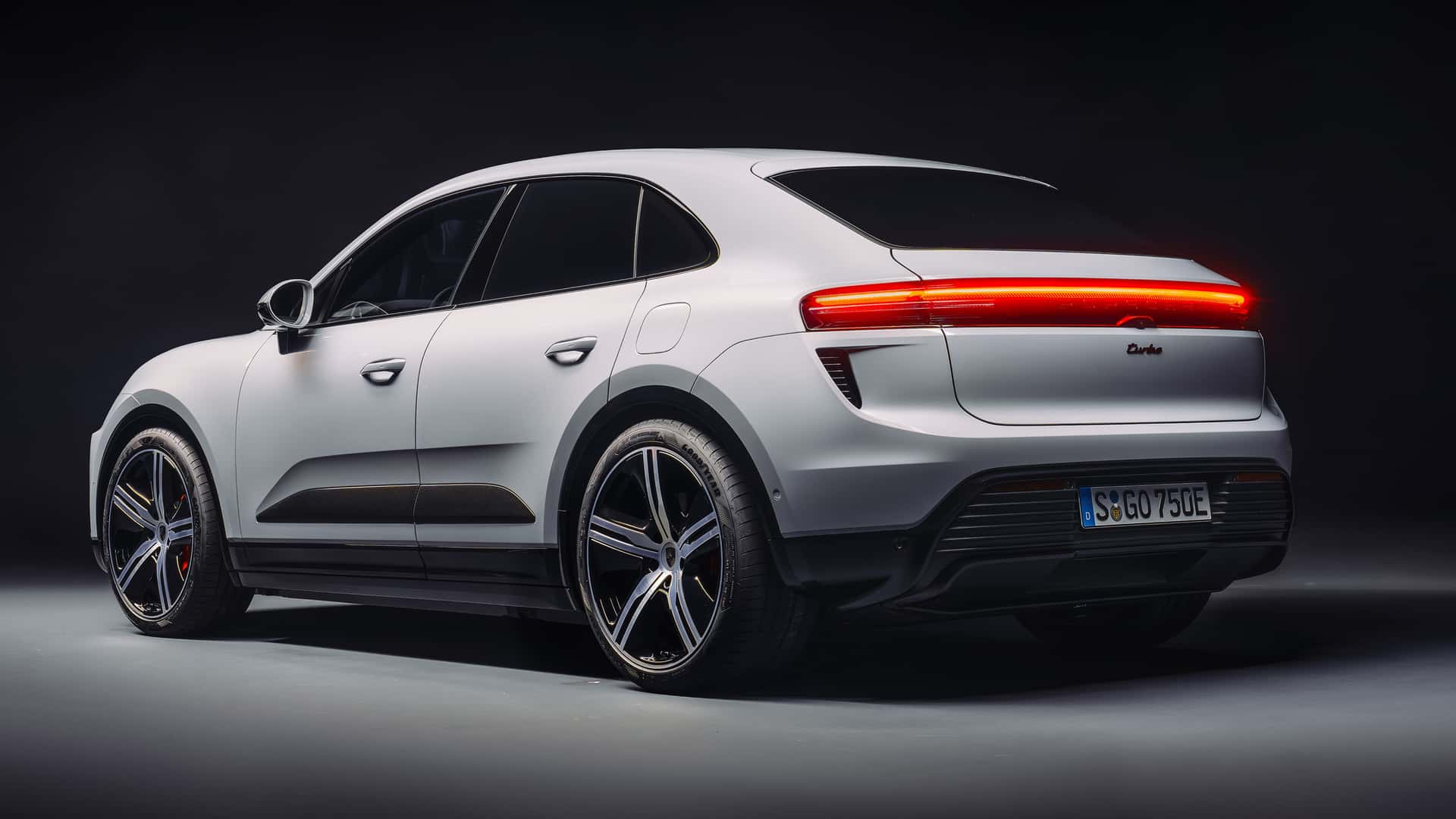

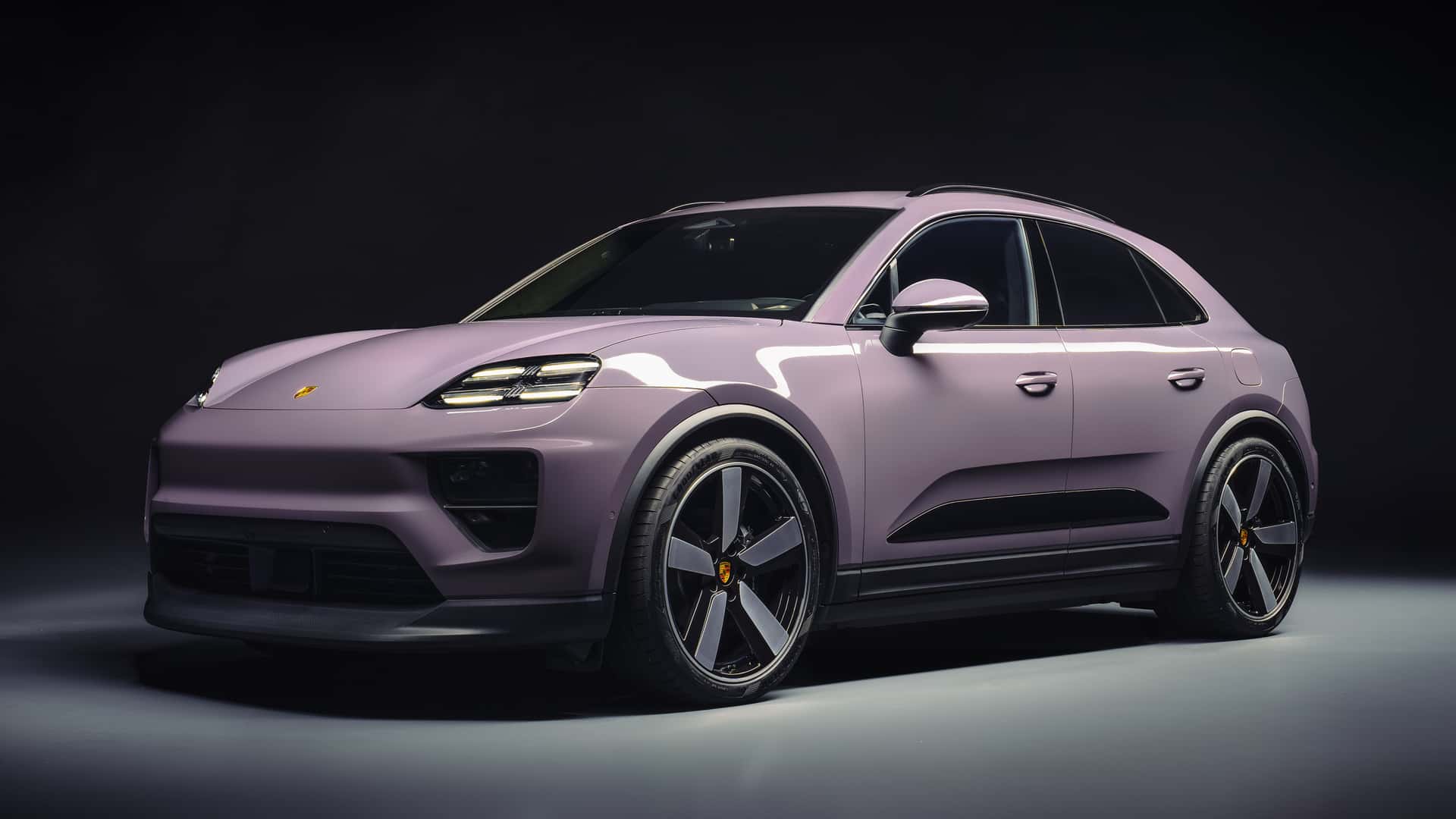
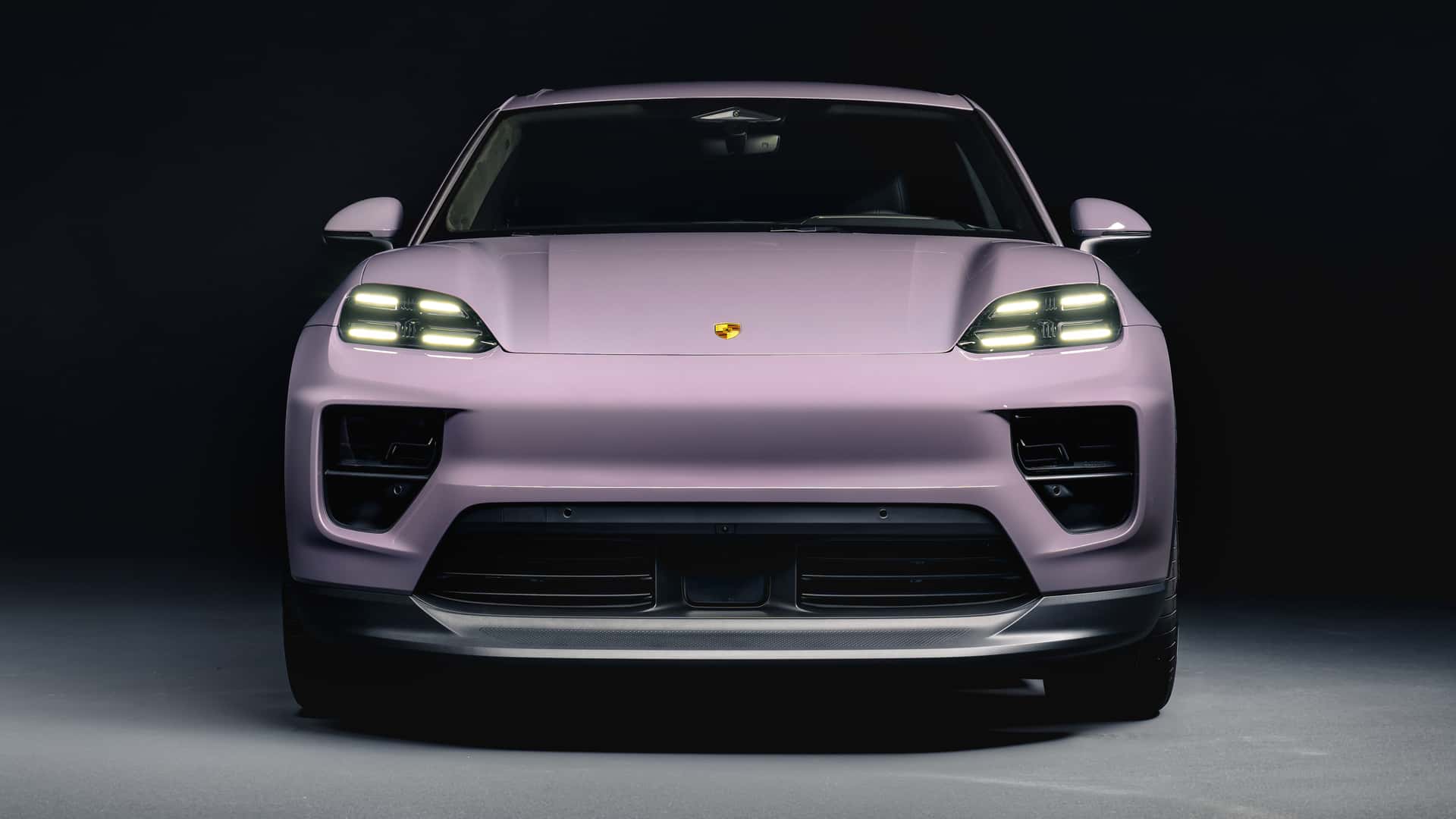
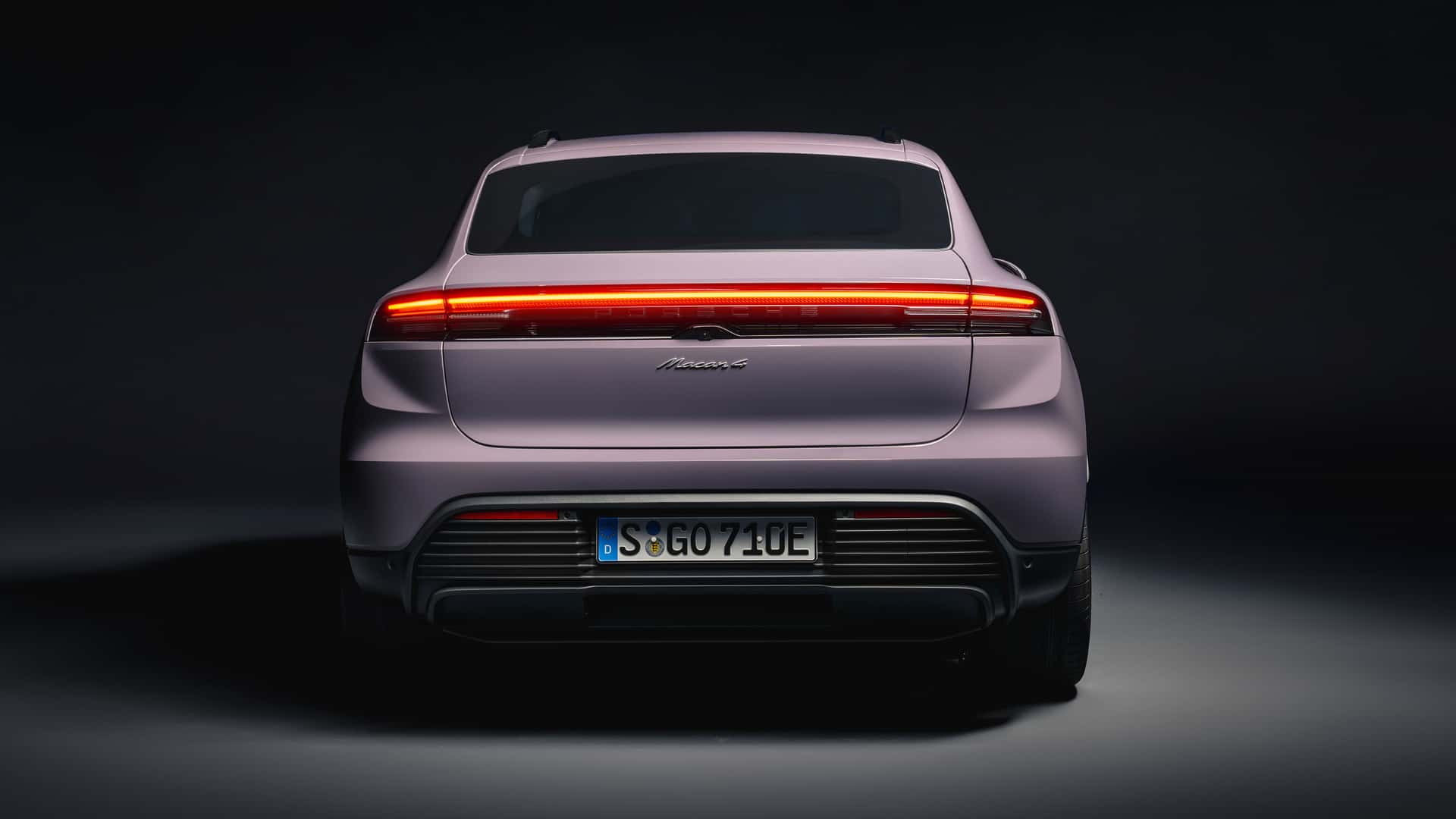
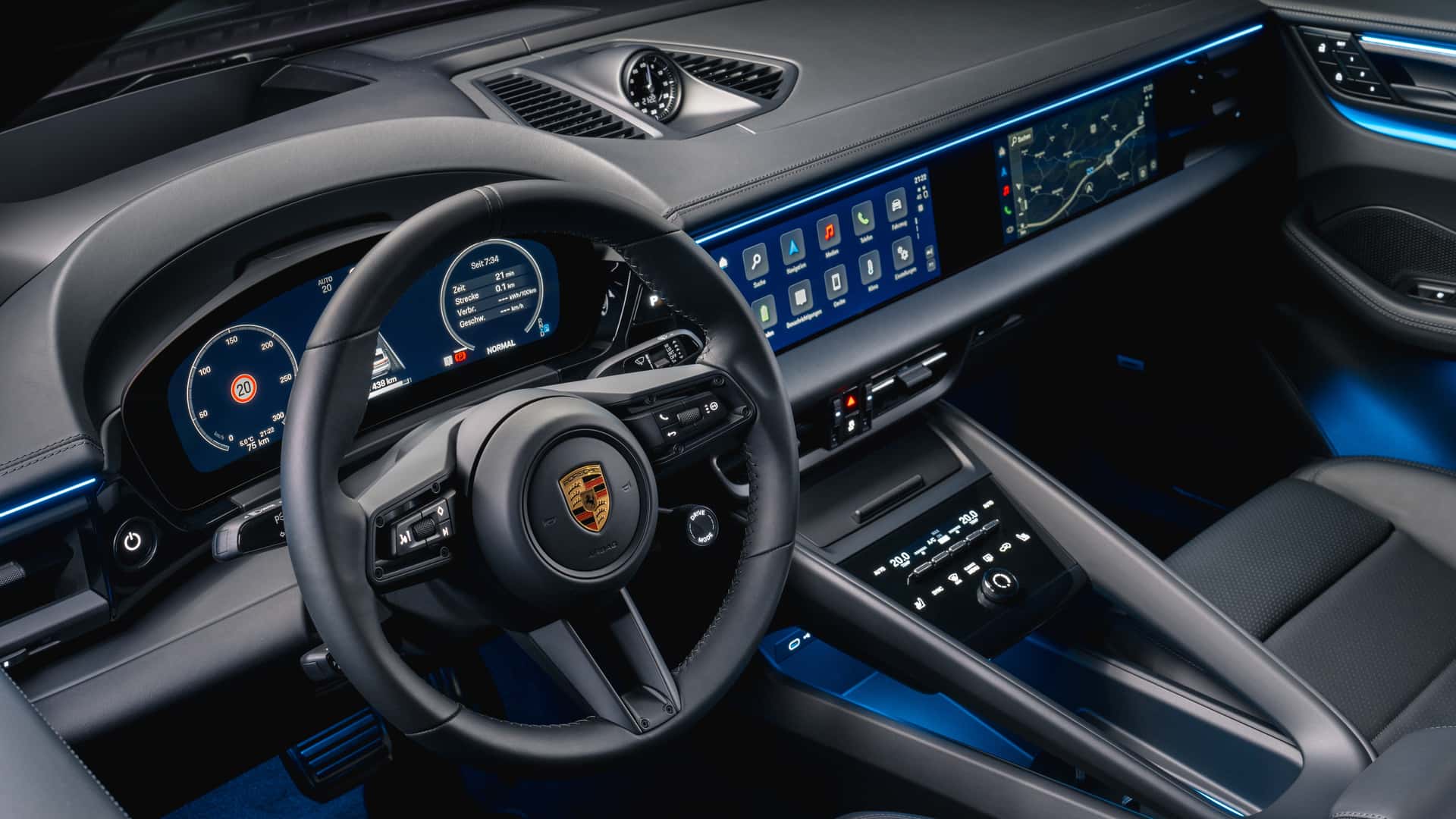
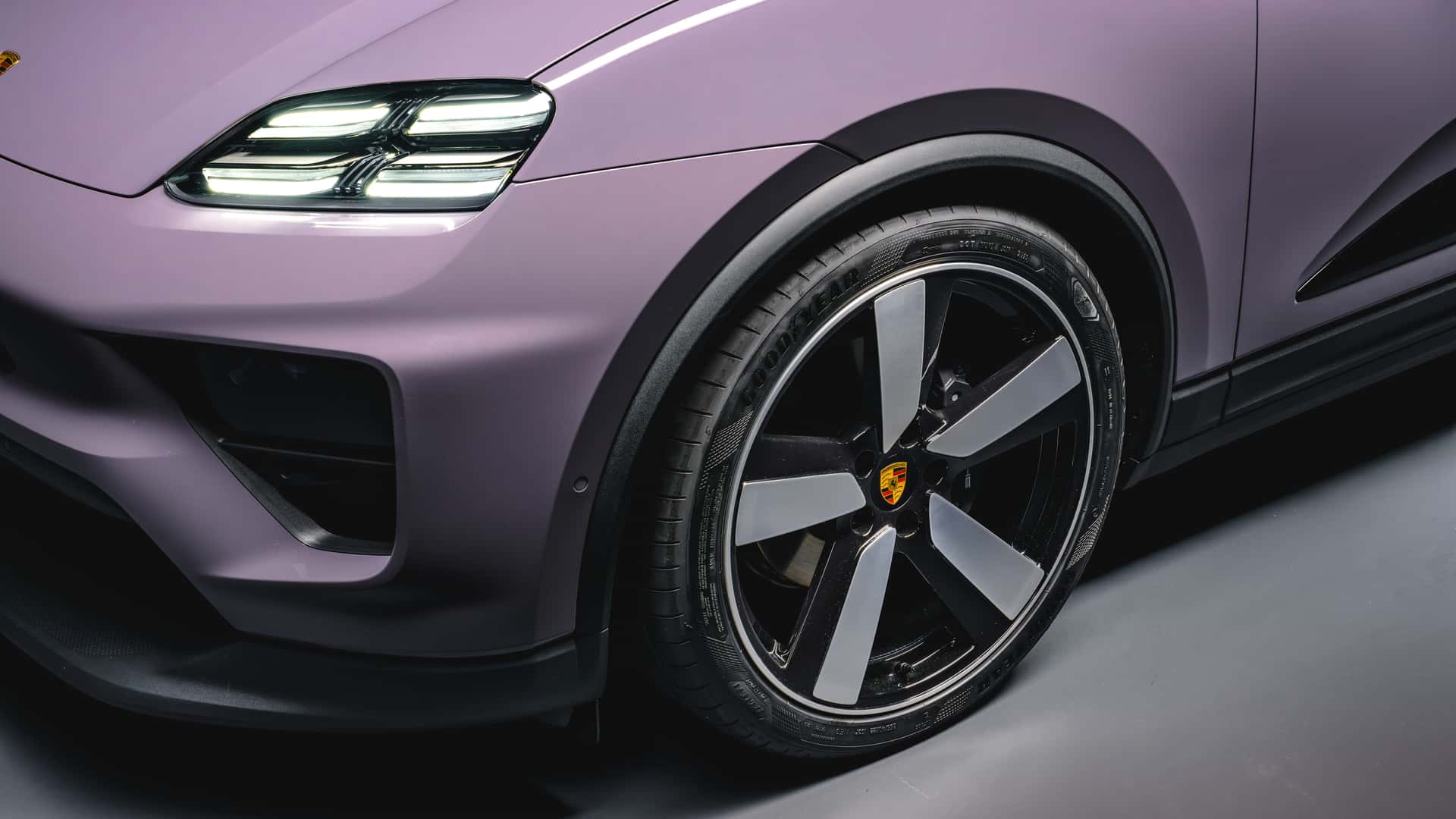
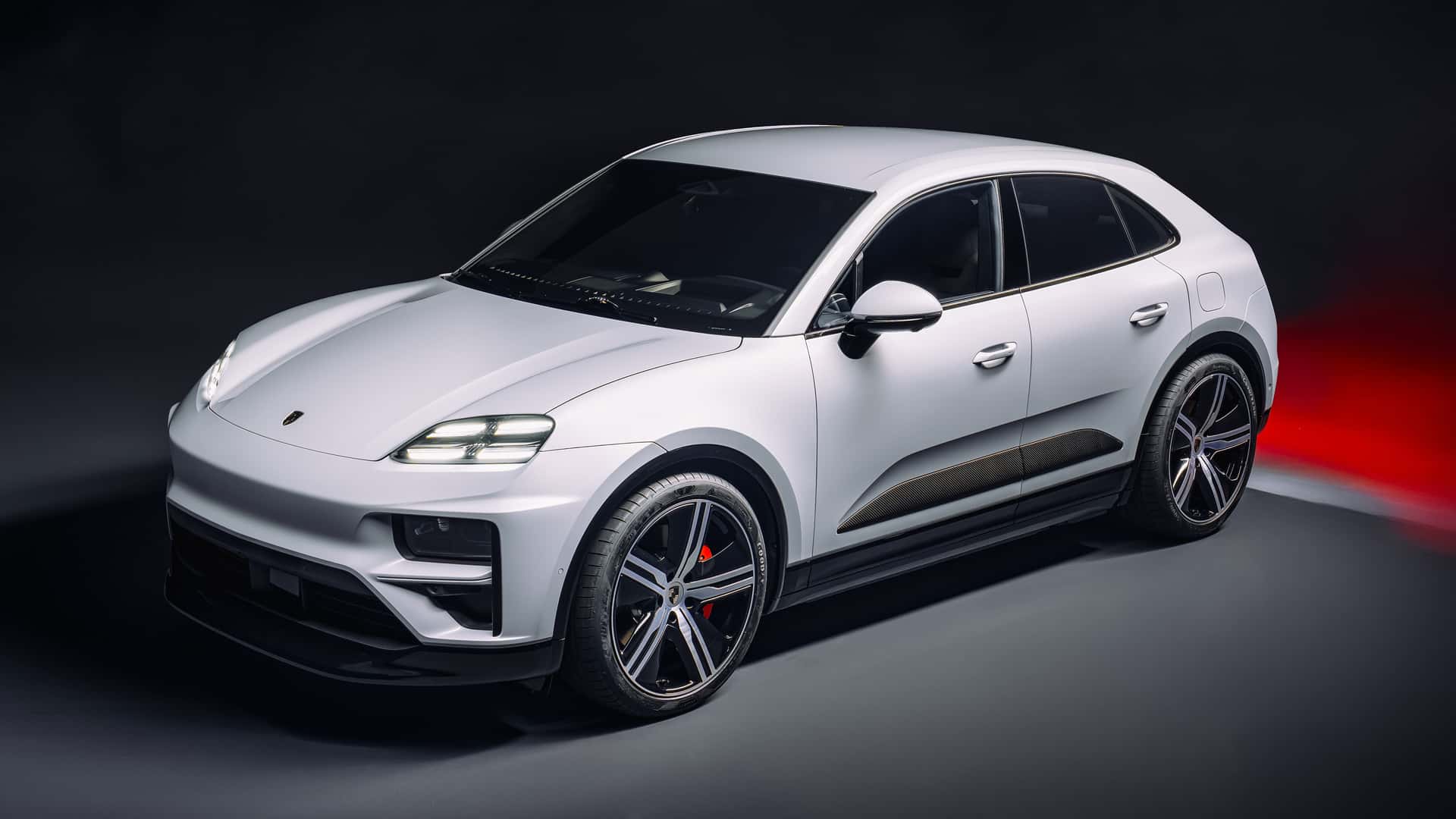

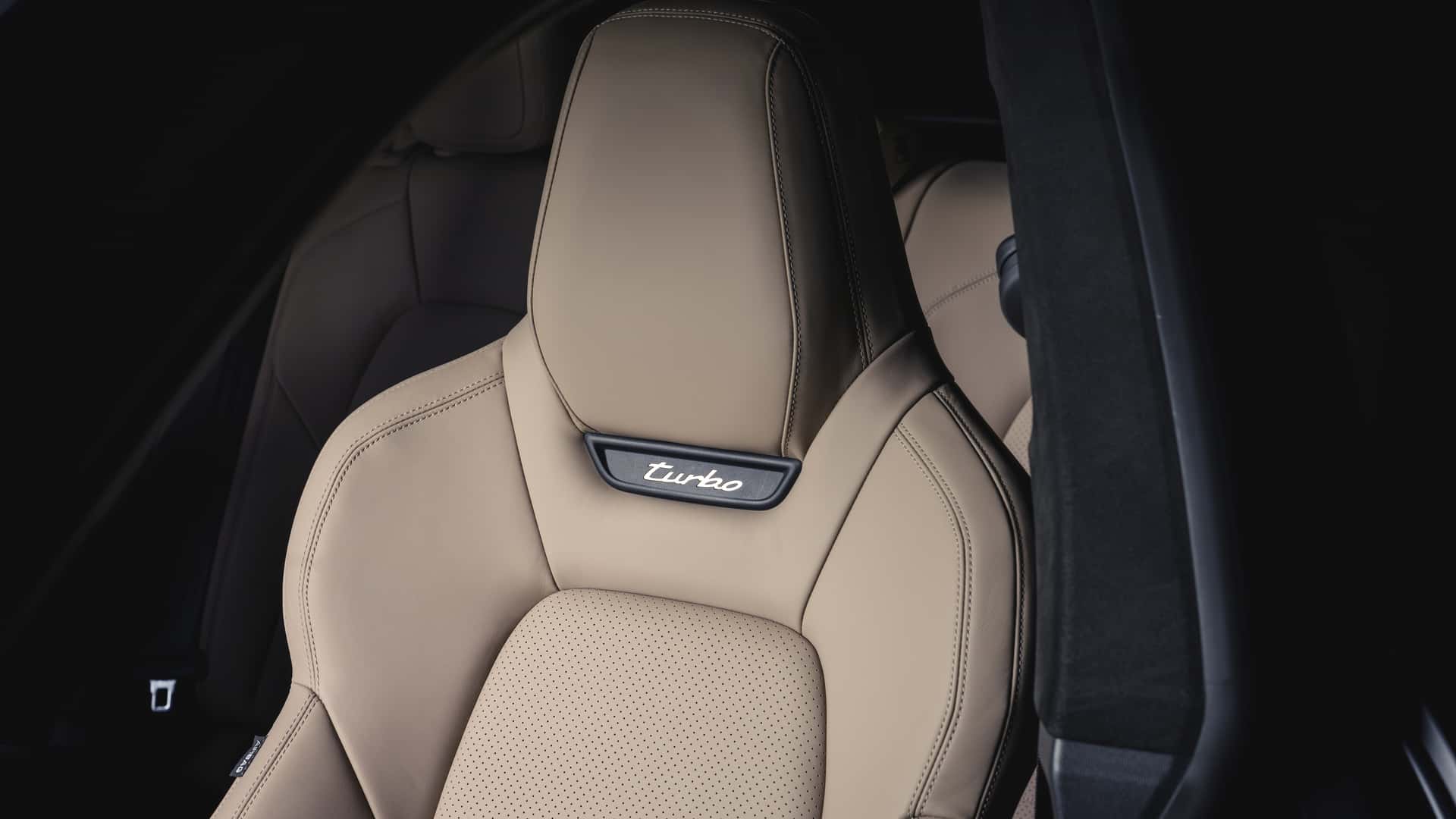

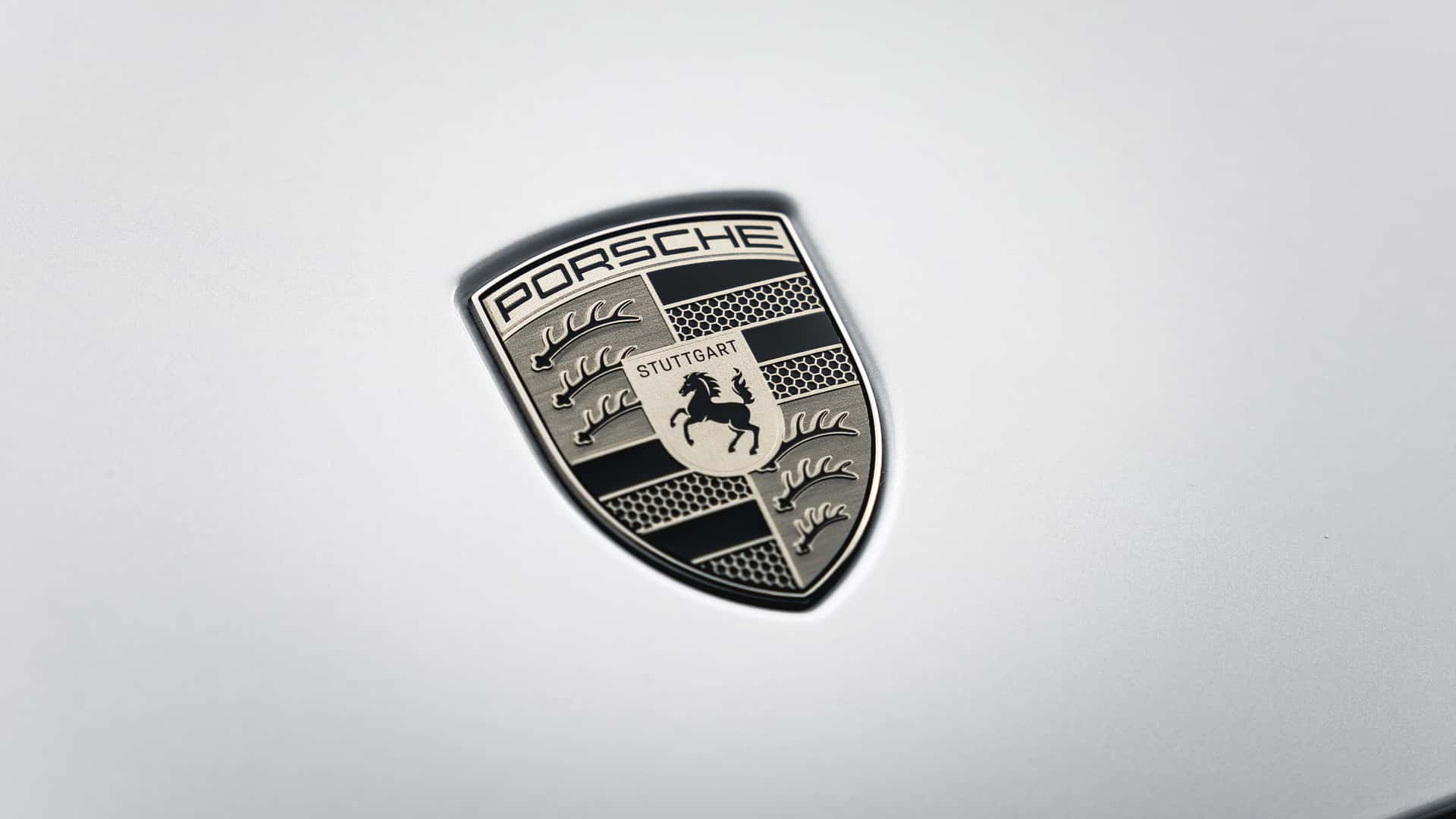
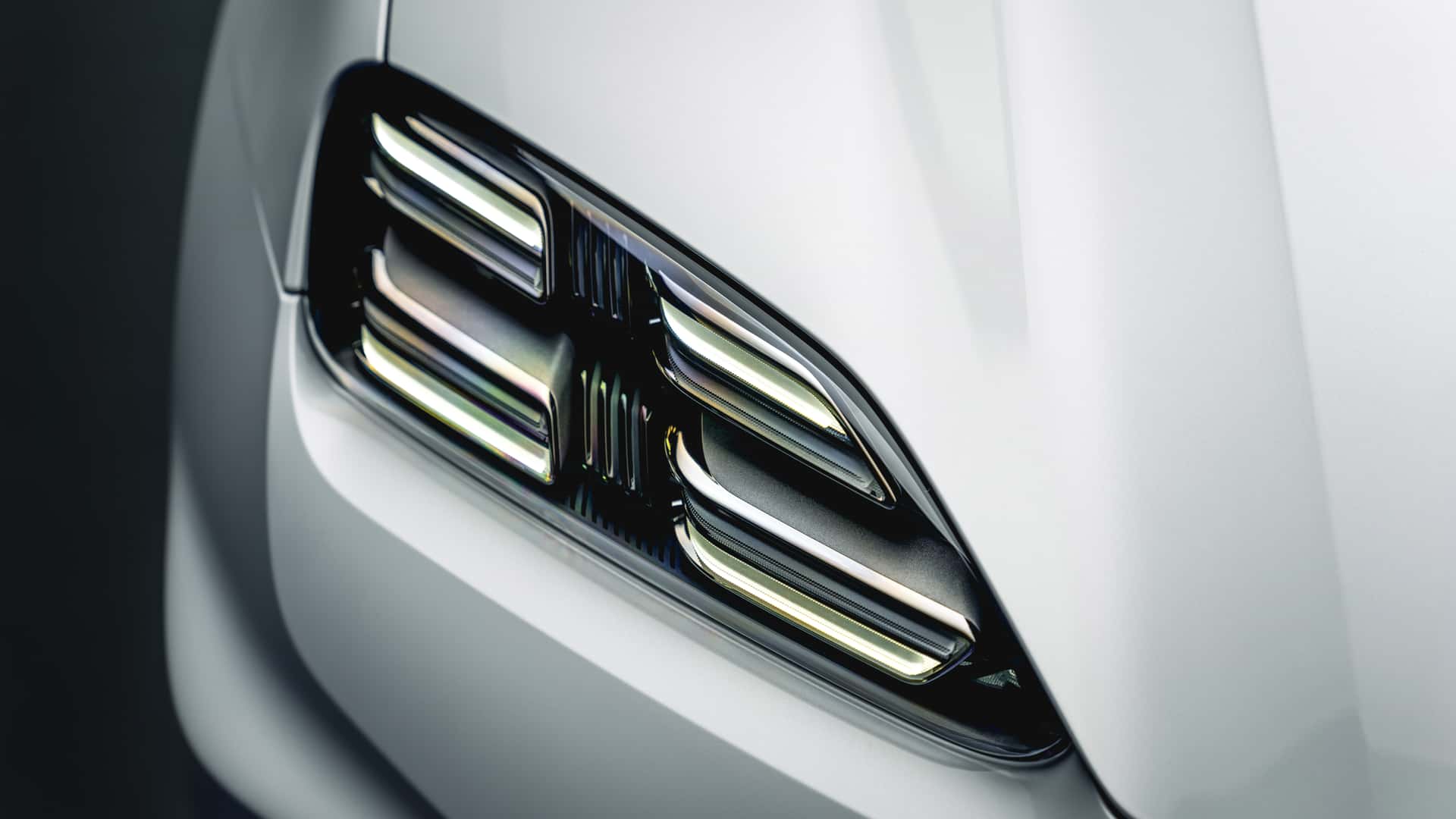
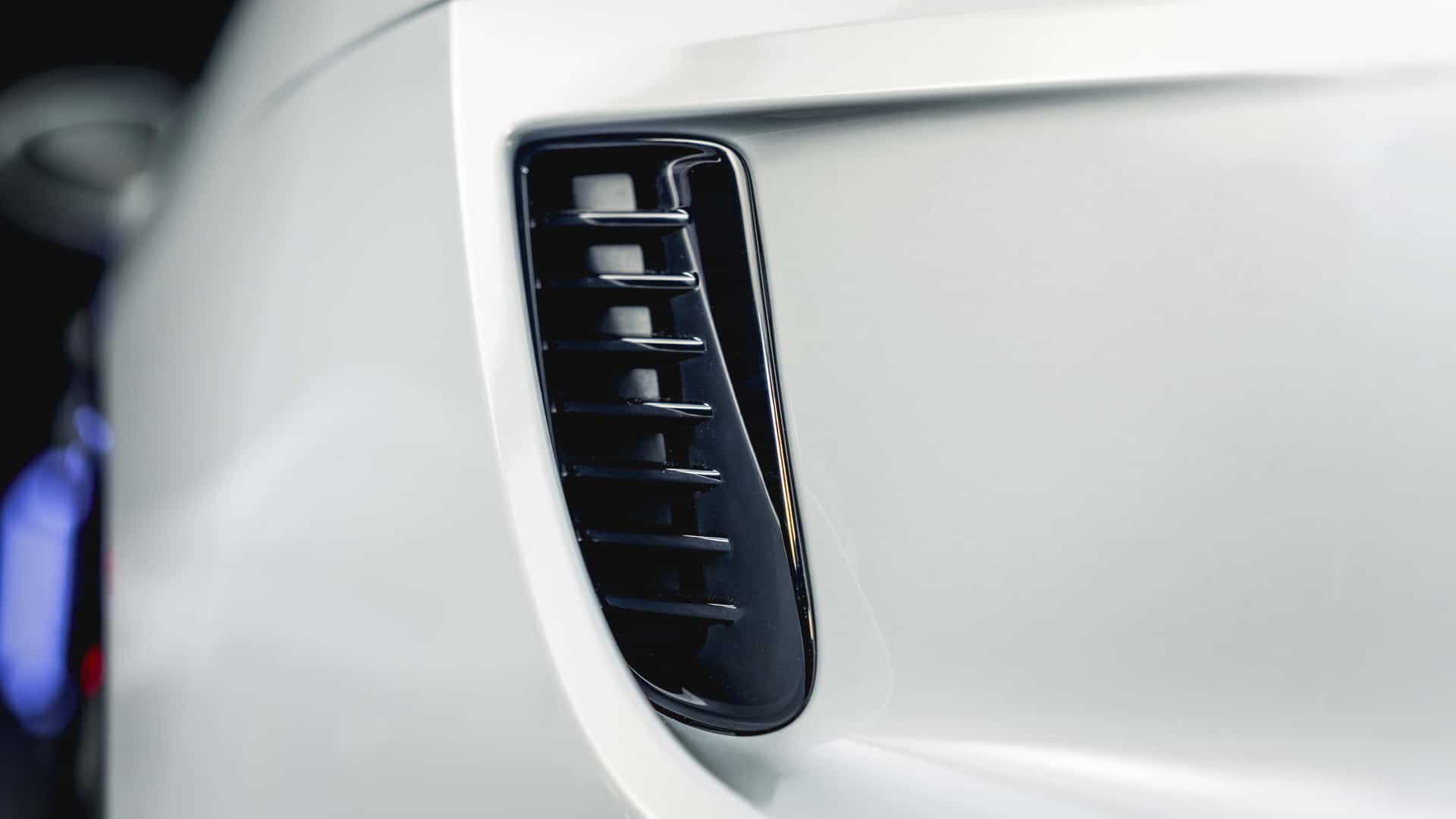
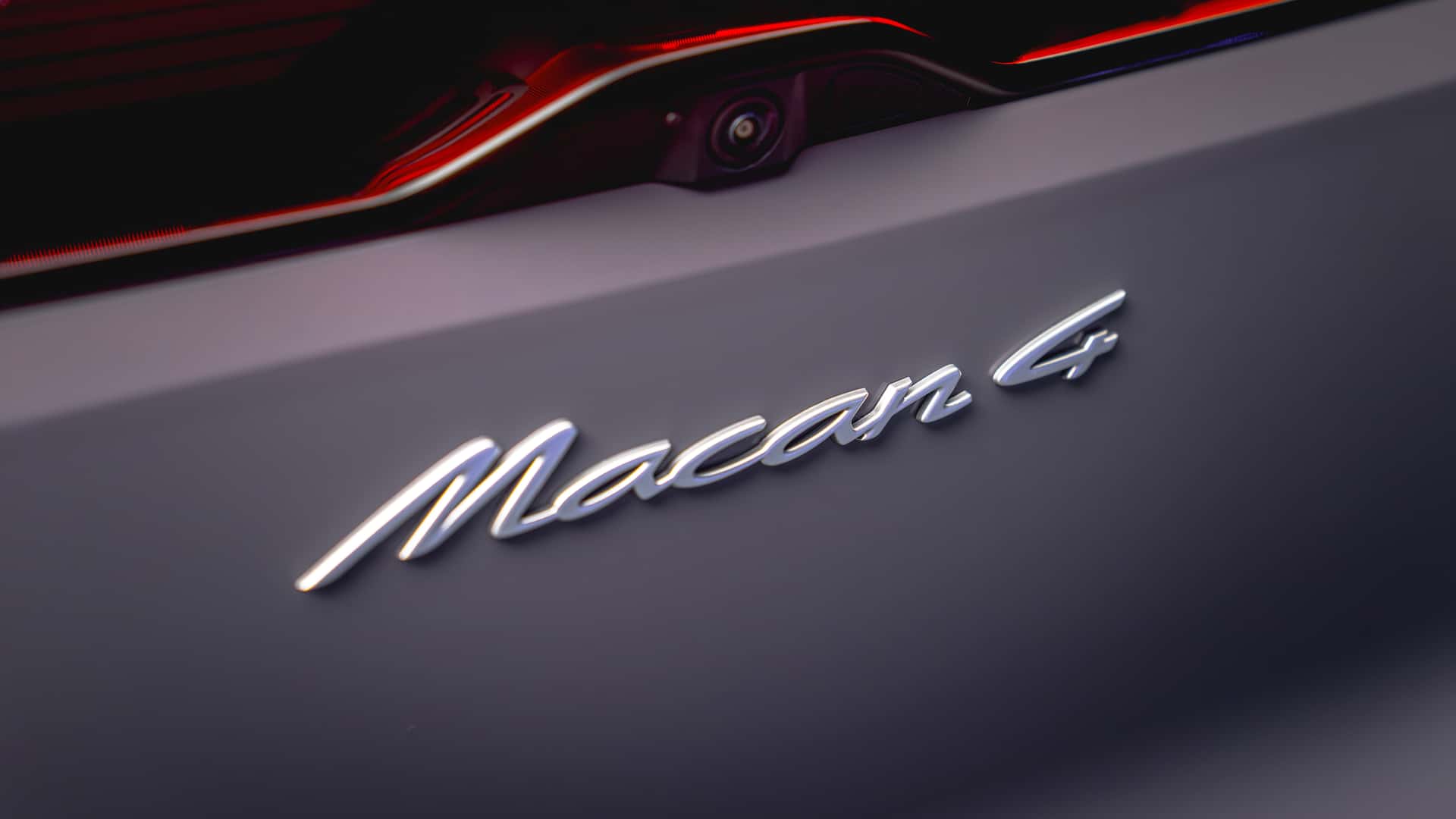











Cybersecurity rules prevent the continuation of the petrol version? Well that is strange. But hopefully folks in the US will see how wonderful electric cars are and the market for the prtrol version will dry up quickly.
It really is bizarre, EU laws are very strange!